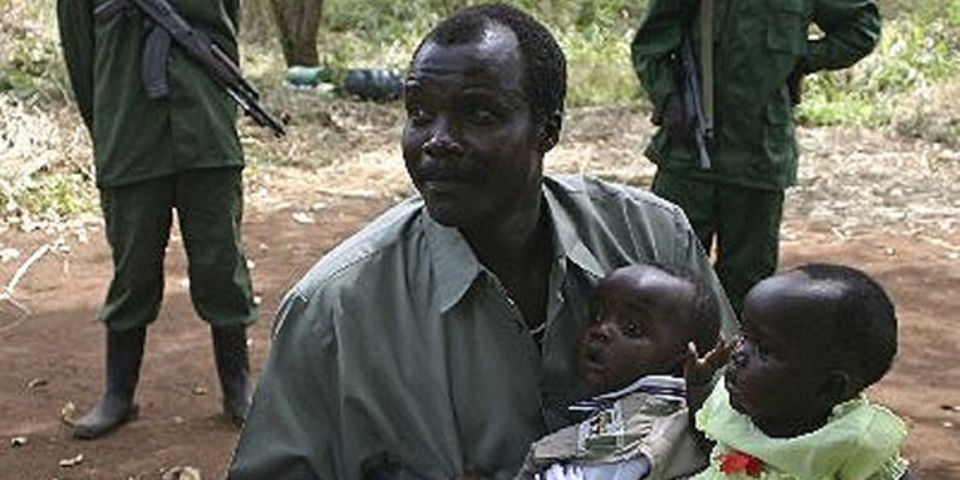Prime
The Wizard of the Nile: The hunt for Kony

Book cover: The Wizard of the Nile.
What you need to know:
- Author: Mathew Green
- Price: Shs75,000
- Where: Bookshops
On April 1, 1987, a little-known young man who had previously served as a catechist departed Odek, a village in what was then Gulu District to wage a war against National Resistance Army/Movement (NRA/M) government.
35 years later, his rebellion is recognised as one of the bloodiest conflicts in post-colonial Africa and he is one of the most wanted men in the world. United States War Crimes Rewards Programme has a $5m bounty for information leading to his arrest and the International Criminal Court (ICC) issued an arrest warrant for him on July 8, 2005. Yet, the man, Joseph Kony, remains elusive. A lot has been written of him, and award-winning movies produced, still not much is known about.
So, who is Joseph Kony? Why did he start the rebellion? What is his end in sight? Mathew Green’s book answers some of these question, convincingly.
Wowed by stories of him in the press, Mathew Green, then a Nairobi based Reuters correspondent set out on a journey to understand Joseph Kony, and his Lord’s Resistance Army (LRA) rebel outfit. Green starts the journey with a stop in Gulu, one of the districts most affected by the LRA insurgency. With the keen eyes of a journalist, Green meticulously unravels the rise of Kony and his army that started with 11 men. He draws and connects the dots between the LRA and a previous rebel outfit, the Holy Spirit Movement (HSM) of Alice Auma alias Alice Lakwena and explains in detail how, the fall of Tito Okello Lutwa’s military Junta, and the rise of NRA under Yoweri Kaguta Museveni made both rebellions inevitable.
The book then shows how Lakwena, and her army of men armed with sticks, stones, and a few guns, convinced they were fighting a holy war sanctioned by God moved all the way to Jinja before their “spirit” was broken – luck ran out – and Lakwena forced to exile in Kenya where she passed on several years later.
Kony and his LRA did not pose a real threat to the government – at least not in the sense of coming so close to Kampala like the HSM before them did. Yet, Kony’s conflict was bloodier, and active for close to two decades. Green explains why Kony, despite concerted and sustained effort, locally and internationally, remained unstoppable, crossing borders between Uganda, Sudan, the DRC, and Central Africa Republic.
From several interviews, most with Kony’s Acholi tribesmen, returnees, the people internally displaced by the war, local leaders, he paints a clear picture of the impact of Kony’s rebellion on the lives of people at different levels in society.
Surprisingly still, some saw him as a liberator. To make matters worse, the government’s effort to send people into Internally Displaced People’s (IDP) camps, however well-intentioned, made matters only worse. Unable to farm, many had to depend fully on hand outs from government and aid agencies, cases of malnutrition became common, and thousands died – not from bullets this time – but diseases such as malaria and cholera that were commonplace in the camps.
Kony, as the author elaborates, hinged his war on spirituality. He got many to believe that his was a war for God. Yet, there was a second, conflicting spiritual aspect to the war – the fact that it was, also, strongly hinged on tradition spirits “ajwaka”. The author shows how the rebel leader balanced the beliefs and made his followers adhere to them concurrently.
To understand the rebel leader best, the journalist set out for a rendezvous with him. The journey was long and challenging, with emotions shifting from hope to disappointment like a seesaw, yet again, the author unravelled more behind the man that earned himself the unenviable title of Africa’s most wanted man. In the end, his path crossed with many.
Rebel leaders in Sudan then in the final stages of stages of breaking away and getting a nation of their own, Sudan’s former notorious Foreign Affairs Minister Hassan Al-Turabi, and a mention is made of Osama Bin Laden and – of all people – Monica Lewinsky. Still, as the saying goes, hard work and determination open door.
In the end, after crossing rivers and climbing mountains, Green got to finally meet, and shake Kony’s hands. Published in 2008, this is probably one of the best books on Kony and his war, and will remain such for years to come.




